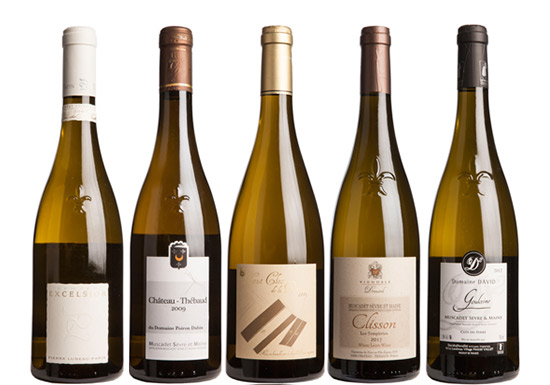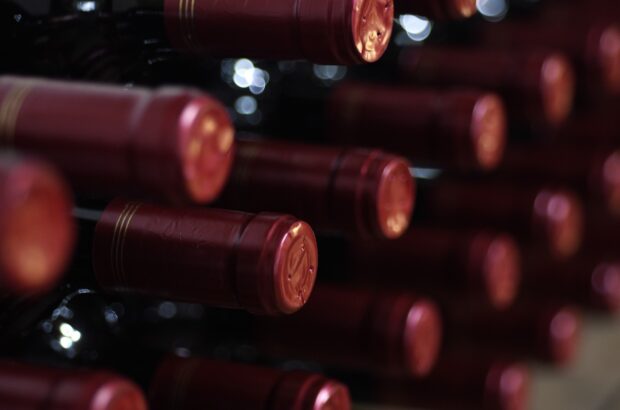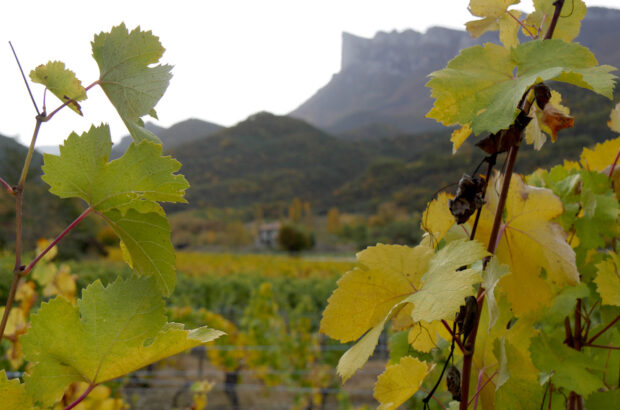Pronounced cha-ko-lee, this Spanish region may not be the first name to roll off your tongue, but its light, dry wines with a barely-there sparkle can be a brilliant tonic at parties and gatherings, or as a gentle aperitif.
Txakoli wines predominantly come from the fiercely independent Basque Country, plus also Cantabria on Spain’s Atlantic coast, along the southern edge of the Bay of Biscay. It is also made in some parts of northern Castile and León.
These days, whites are by far the most commonly produced, and they are famously poured from an extravagant height in the local pintxos bars around San Sebastián’s old town and also in Bilbao – where around 80% of total production is consumed.
They are generally light in alcohol, slightly sparkling and dry. White wines are made from the local Hondarrabi Zuri grapes.
This makes finding Txakoli wines outside of the region tricky, but luckily there are some excellent examples finding their way to foreign shores.
The style
There is often a slight prickle in the glass, a result of the carbon dioxide produced during fermentation being absorbed by the wine, which is covered by a thick veil of nitrogen leaving the CO2 nowhere to go.
Like higher end Muscadet, the best wines of the region spend some time resting on the lees, adding a roundness to the otherwise crisp, tangy and mineral style.
With flavours dominated by apple and citrus, these wines can make off-beat alternatives to more well-known names like Muscadet, Vinho Verde and Picpoul de Pinet.
Three subregions of Txakoli in Spain’s Basque country
Txakoli de Getaria:
The largest of the three sub-regions, located close to the coastal town of San Sebastián. Lees ageing is widely used.
Txakoli de Bizkaia:
Produces particularly minerally examples from vineyards along the coast in the north-west of the region.
Txakolí de Álava:
The smallest of the three, located further inland in the Ayala Valley. The southern part of Álava is home to the Rioja Alavesa subregion.
Txakoli wines – Five to try:
Related content:

Muscadet wines: Time to think again – panel tasting results
Wines with 17 months' minimum lees ageing have blown all expectations out of the water...

Greek Assyrtiko – Expert’s choice
Joanna Simon picks out some beautiful examples of Assyrtiko from the Greek islands and mainland...

Delicious Alsace white wines under £20
Find out which Alsace wines under £20 we recommend...

Wine Trails: Rioja travel guide
Read the Rioja travel guide from the new Lonely Planet book Wine Trails the best places to stay, where to







